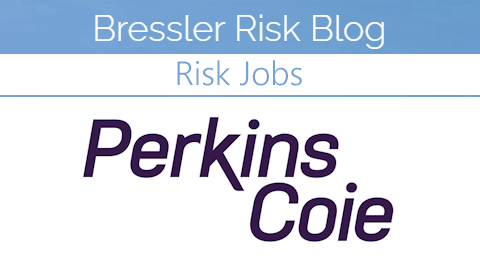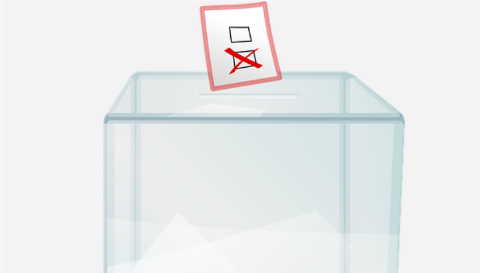Work stress is nearly inevitable. There will be a time when you have a lengthy list of to-do items on your plate and not enough hours in the day to accomplish them all. However, these times should be short-lived, meaning you’re able to regain composure after checking some items on the list or asking for help from other colleagues. However, for those experiencing burnout, this never-ending to-do list can bring them down mentally and eventually physically.
Although ‘burnout’ isn’t a new phenomenon, it is getting more recognition. Since the pandemic, when employees were sent home to work, many people have felt an increase in stress and workload. Tied with a poor job market and economic pressures, there are simply fewer people hired with the same, if not more, work to do.
Burnout is not something to take lightly. It can cause significant mental health issues in addition to triggering substance use, to the point where substance abuse services may be needed.
What is Burnout?
The term ‘burnout’ gets used quite frequently, and not always in its proper form. Burnout is recognized as a medical condition by the World Health Organization (WHO), defined as a syndrome as a result from chronic workplace stress. This stress has gone unmanaged to the point that the individual is experiencing emotional exhaustion and cognitive impairment.
Burnout is not a sign of physical or emotional weakness, nor is it a sign that someone cannot handle stress properly. It’s not curable by taking a vacation or streamlining time management. Unfortunately, burnout is an increasingly common phenomenon as the rise in technology has made it possible for managers and coworkers to reach an employee nearly any time of day.
Burnout is typically treated through a variety of lifestyle modifications, psychotherapy, and sometimes medications. Working with a therapist or counselor can help identify the root cause of the syndrome, as well as working to establish more healthful boundaries and routines. Cognitive behavioral therapy (CBT) can also be used to change any negative thought patterns surrounding the workplace, while dialectical behavior therapy (DBT) can be implemented to teach proper coping skills.
With a basic understanding of burnout, here’s the impact it can have on mental health in addition to its connection to substance use.
What is the Impact of Burnout on Mental Health
Knowing that burnout is a medical condition, it should come as little surprise that it can have a detrimental effect on one’s mental health. Being completely exhausted and worn down can leave someone feeling hopeless, useless, and as if life has lost its purpose. With burnout, individuals may become more irritable and experience a decrease in life enjoyment. This can lead to reduced productivity, inability to concentrate, poor decision-making, cynicism, and overall detachment. If a colleague who used to be a go-getter, always raising their hand for new projects and implementing a social hour for coworkers, is suddenly more distant and seems irritated at everyone and everything, it’s a signal that they are experiencing burnout.
While the symptoms of burnout may be similar to those experienced during depression, it’s important to note that the two conditions are separate from one another. Burnout is caused by high levels of stress, most likely in the workplace. Depression is a mood disorder, oftentimes occurring when someone is experiencing persistent sadness, hopelessness, and loss of interest in activities and social events. When left untreated, burnout can lead to depression.
Long-term burnout can cause physical symptoms as well, including insomnia, significant weight loss or weight gain, cardiovascular disease, immune system dysfunction, and more. Not addressing the problem can lead to worsening symptoms, such as impaired cognitive functions.
How is Burnout Linked to Substance Use
When someone is experiencing burnout, they may turn to alcohol or drugs to help make them feel better. It may start as innocently as having a glass or two of wine at the end of a long workday. Pretty soon, the individual may think they feel better because of the wine and may continue to drink. Instead of the occasional glass, they become reliant on it for them to feel better in the moment.
This can quickly turn into a cycle, where the individual starts to self-medicate for their feelings by drinking or partaking in drugs. While they may feel better, this is only temporary, which will cause them to chase the feeling and lead to increased alcohol and substance use. The individual will likely try to hide the problem, assuring friends, family members, and even coworkers that they are only drinking recreationally. However, this is yet another sign that the individual is in need of professional help.
Untreated burnout, in addition to substance abuse, can have severe consequences. This can be anything from physical symptoms, such as musculoskeletal pain, inflammation, headaches, and sleep disorders, as well as mental health conditions like depression, cynicism, and inability to focus. Not to mention, if you aren’t performing at work, then you may be at an increased likelihood of job termination.
Seeing a therapist, joining a support network, or checking into a rehab center for substance abuse are all beneficial treatment steps. These professionals can assist with developing a course of action specific to your unique needs. They may suggest a variety of lifestyle, behavioral changes in addition to specific therapy recommendations, medications, and more.
Conclusion
If you, a loved one, or colleague is experiencing burnout, seek help. There is nothing to be ashamed of for asking for assistance and sharing how you’re feeling. Speaking up and talking about your experiences can help others in their path to recovery, too.

Nicole Byers is an entertainment enthusiast! Nicole is an entertainment journalist for the Maple Grove Report.







